At Kolorfirst LLC, we know that SEO optimization for web design is a game-changer in today’s digital landscape.
A well-designed website isn’t just about aesthetics; it’s about creating a powerful online presence that search engines love.
In this post, we’ll explore how to seamlessly integrate SEO best practices into your web design process, boosting your site’s visibility and driving organic traffic.
Why SEO Matters in Web Design
The SEO-Design Symbiosis
In today’s digital landscape, a website’s success depends on its visibility in search engine results. SEO-driven web design can significantly boost a site’s performance. Search engines now evaluate websites based on user experience, which design directly influences. A well-designed, SEO-optimized site can increase organic traffic by up to 20% (according to a study by Ahrefs). This statistic underscores how every design decision, from layout to load time, impacts search rankings.
Critical SEO Elements in Design
When you design for SEO, focus on these key elements:
- Mobile responsiveness: Google uses the mobile version of a site’s content for indexing and ranking, known as mobile-first indexing.
- Page speed: Walmart found that for every 1 second improvement in page load time, conversions increased by 2%.
- User-friendly navigation: Clear menus and logical site structure help users and search engines understand your content.
- Content hierarchy: Proper use of H1, H2, and H3 tags signals content importance to search engines.
The Search Engine Perspective
Search engines use complex algorithms to crawl and index web pages. They analyze factors such as:
- Site architecture: A well-organized structure helps search engines understand and rank your content.
- Content quality: Engaging, relevant content keeps users on your site longer, signaling value to search engines.
- Technical elements: Clean code, proper meta tags, and schema markup help search engines interpret your site correctly.
Balancing Form and Function
The integration of SEO principles into web design creates more than just a visually appealing site. It builds a powerful tool for online visibility and business growth. Form and function must work in tandem to achieve SEO success in web design.
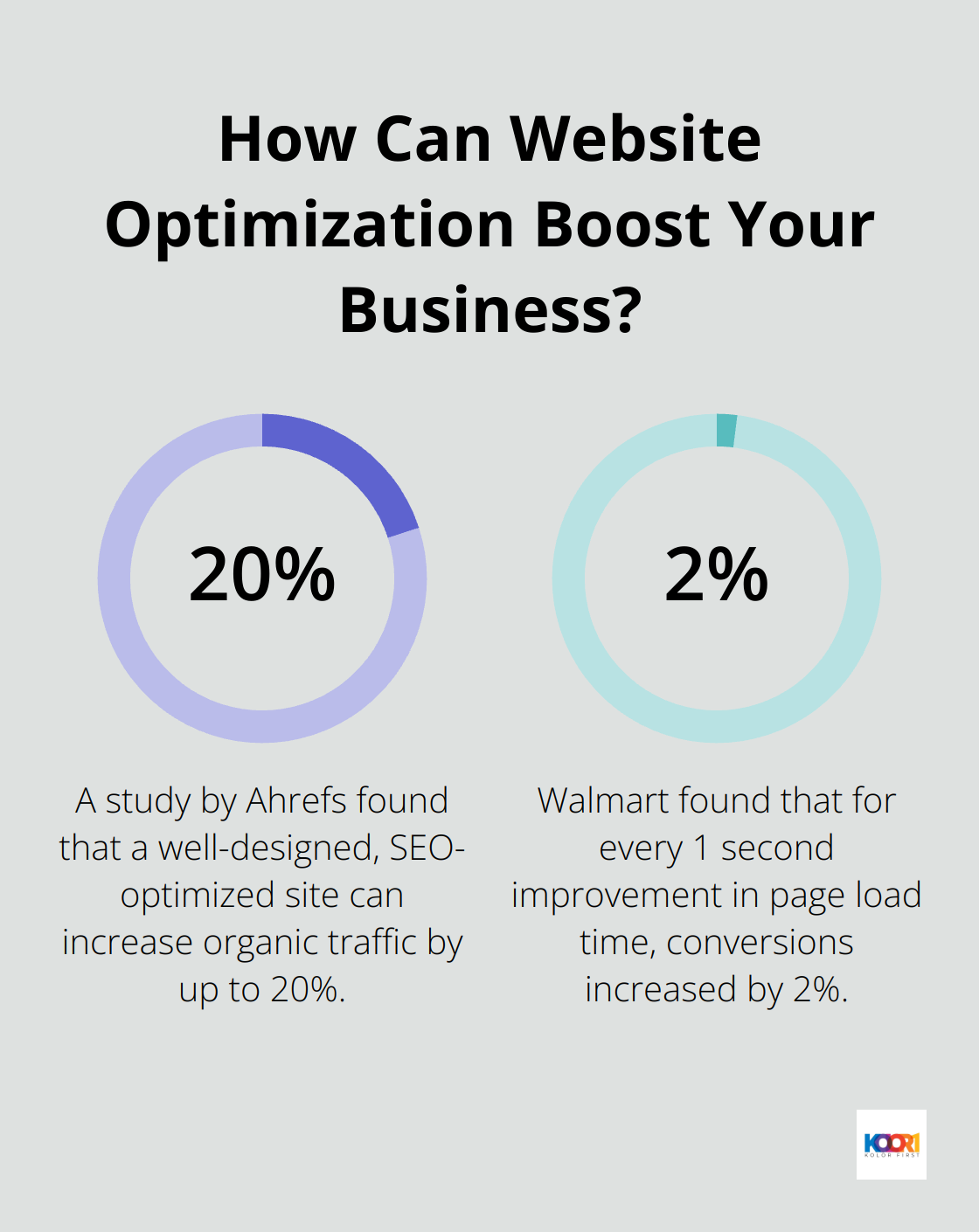
As we move forward, let’s explore the essential SEO-friendly design elements that will set your website apart from the competition and boost your search engine rankings.
What Makes a Design SEO-Friendly?
Mobile-First Approach
In today’s mobile-dominated world, responsive design is crucial for mobile-first indexing SEO, ensuring your website performs well across all devices. Google’s mobile-first indexing prioritizes the mobile version of your site for ranking. To capitalize on this trend:
- Use flexible layouts and images that adapt to different screen sizes.
- Implement touch-friendly navigation with larger buttons and adequate spacing.
- Prioritize content for mobile users, keeping the most important information above the fold.
Speed Optimization
Site speed directly impacts user experience and is a critical ranking factor. To boost your site’s speed:
- Compress images without sacrificing quality.
- Minimize HTTP requests by combining files and using CSS sprites.
- Leverage browser caching to store static files locally on users’ devices.
Intuitive Site Architecture
A clear site structure helps both users and search engines navigate your content efficiently. Improve your site’s architecture by:
- Create a logical hierarchy of pages, with important content no more than three clicks from the homepage.
- Use descriptive, keyword-rich URLs that reflect your site’s structure.
- Implement breadcrumbs to show users their location within your site.
Strategic Use of Headers and Meta Descriptions
Headers and meta descriptions play a crucial role in on-page SEO. Optimize these elements by:
- Use a single H1 tag per page that accurately describes the main topic.
- Structure content with H2 and H3 tags to create a clear hierarchy.
- Craft compelling meta descriptions under 160 characters that include target keywords and a clear call-to-action.
User Experience and Engagement
Search engines increasingly value user experience as a ranking factor. A well-designed site that engages users can significantly improve your SEO performance. Focus on:
- Clear and concise content presentation (avoid walls of text)
- Intuitive navigation menus and search functionality
- Visually appealing layouts that guide users through your content
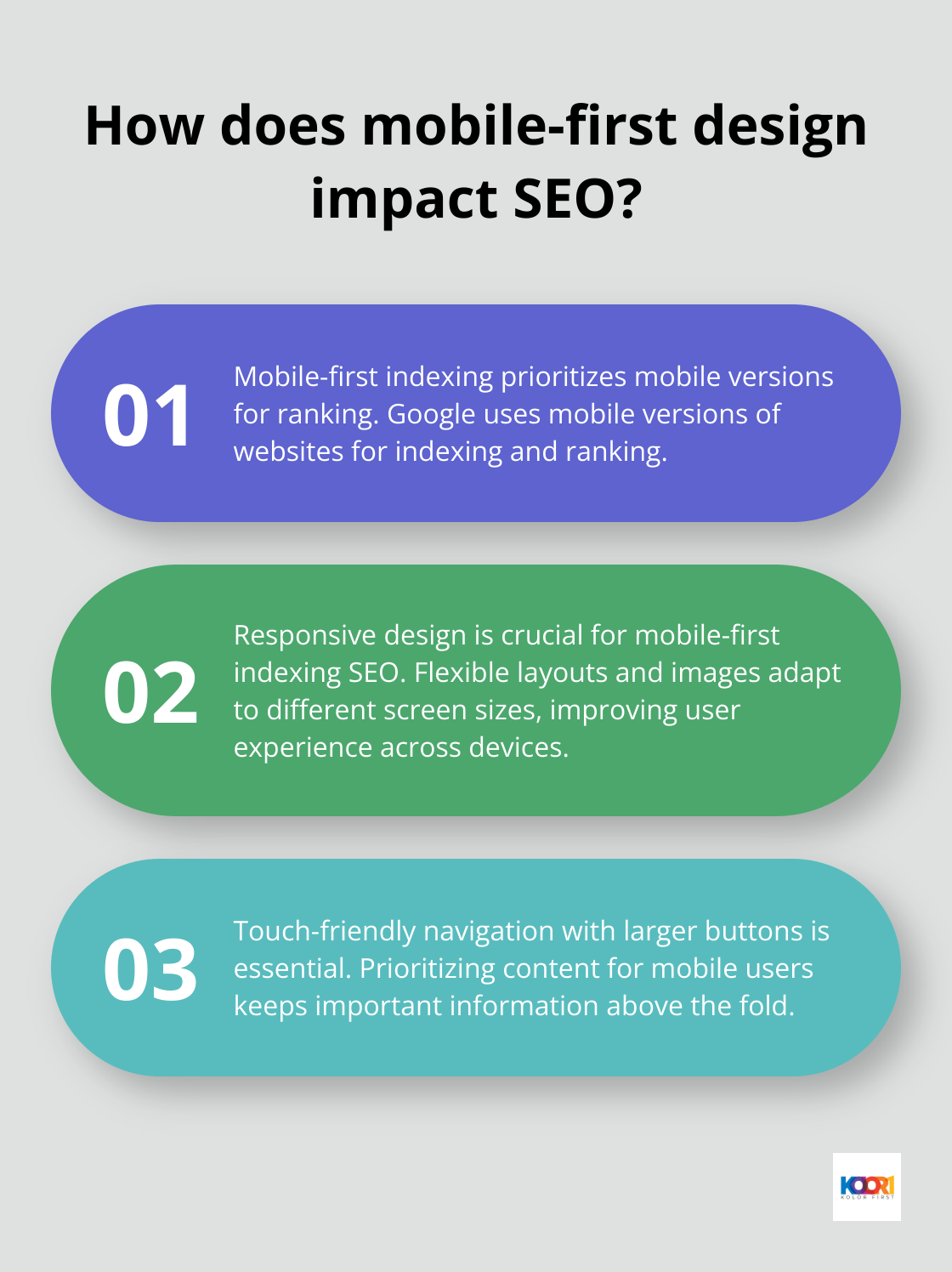
These SEO-friendly design elements not only improve search rankings but also create a better user experience that drives engagement and conversions. The synergy between SEO and design is undeniable, and mastering this balance is key to online success. As we move forward, let’s explore how to implement these SEO best practices effectively in your web design process.
How to Implement SEO Best Practices in Web Design
Optimize Images for Search Engines
Images impact your site’s SEO performance significantly. To optimize your images:
- Use descriptive, keyword-rich file names (“red-leather-shoes.jpg” instead of “IMG001.jpg”).
- Add alt text to all images, describing their content and including relevant keywords.
- Compress images to reduce file size without quality loss. Tools like TinyPNG or ShortPixel help with this process.
- Use modern image formats like WebP for better compression and faster loading times.
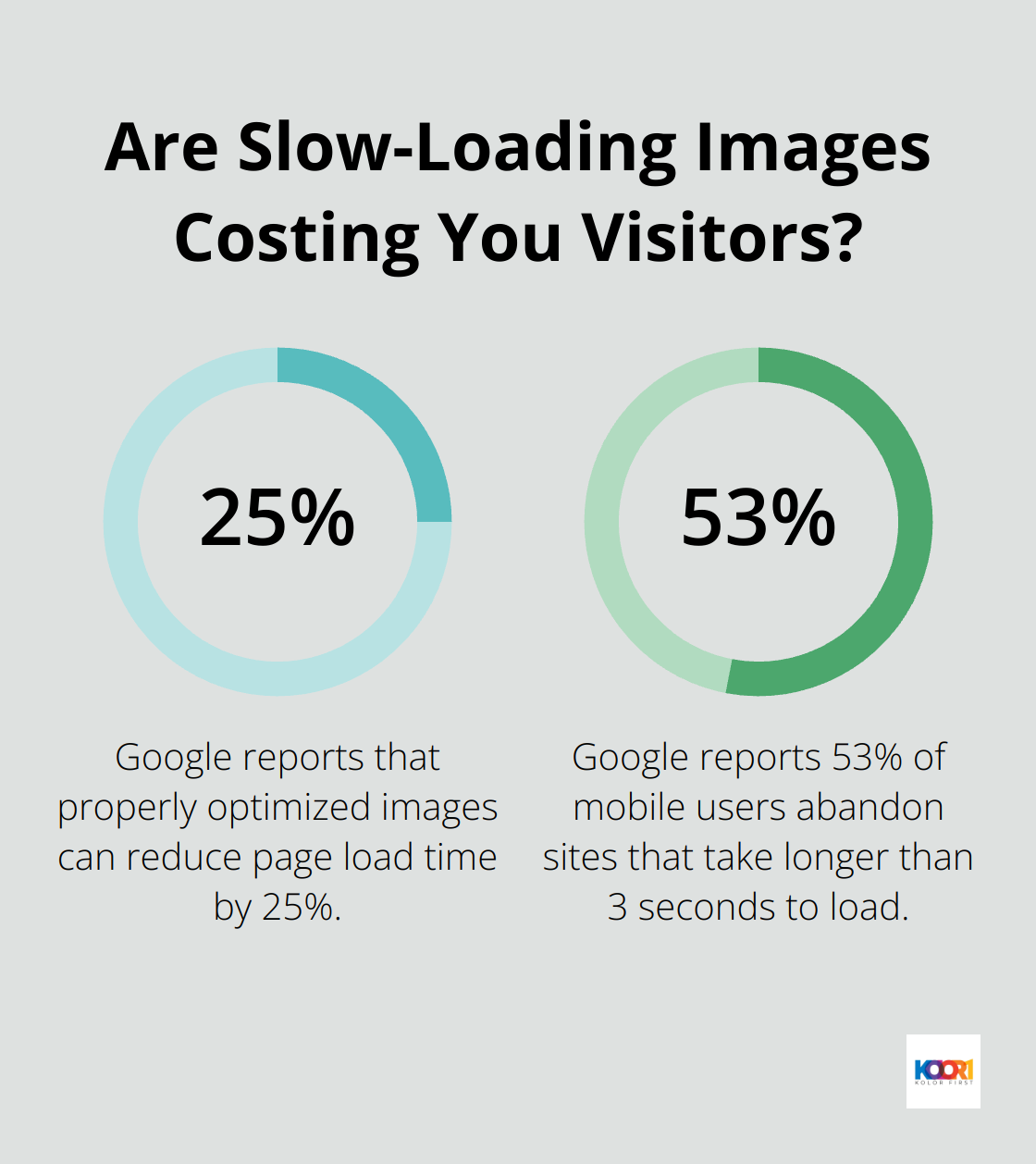
Google reports that properly optimized images can reduce page load time by 25%, improving user experience and search rankings.
Create SEO-Friendly URLs and Internal Linking
URL structure and internal linking strategy matter for users and search engines. Optimize them by:
- Creating short, descriptive, and keyword-rich URLs (“yoursite.com/seo-web-design-tips”).
- Using hyphens to separate words in URLs, not underscores or spaces.
- Implementing a logical site structure with clear categories and subcategories.
- Using internal links to connect related content, helping navigation.
- Regularly auditing and updating internal links to avoid broken links and improve link equity distribution.
Ahrefs found that pages with strong internal linking structures rank higher in search results and receive more organic traffic.
Incorporate Schema Markup for Rich Snippets
Schema markup enhances how your content appears in search results. To leverage schema markup:
- Identify relevant schema types for your content (Article, Product, Review).
- Use Google’s Structured Data Markup Helper to generate appropriate schema code.
- Test your schema implementation using Google’s Rich Results Test tool.
- Monitor rich snippet performance in Google Search Console.
Schema markup enhances search visibility by enabling rich snippets and other advanced search features.
Design for User Experience and Engagement
User experience (UX) is increasingly important for SEO. Improve UX and boost engagement by:
- Ensuring fast site loading across all devices. (Google reports 53% of mobile users abandon sites that take longer than 3 seconds to load.)
- Using clear, readable fonts and maintaining good contrast between text and background colors.
- Implementing intuitive navigation menus and including a search function for larger sites.
- Using white space effectively to improve readability and focus users’ attention on key elements.
- Designing clear calls-to-action (CTAs) to guide users through your site and increase conversions.
Forrester Research found that a well-designed user interface could raise a website’s conversion rate by up to 200%.
Mobile-First Design Approach
With mobile traffic dominating, a mobile-first design approach is essential:
- Prioritize content for mobile users, keeping important information above the fold.
- Use responsive design techniques to ensure your site adapts to various screen sizes.
- Implement touch-friendly navigation with larger buttons and adequate spacing.
- Optimize page load times specifically for mobile devices.
- Test your site’s mobile performance using tools like Google’s Mobile-Friendly Test.
Final Thoughts
SEO optimization for web design transforms your online presence. It attracts users and impresses search engines simultaneously. Our strategies, from responsive layouts to intuitive navigation, boost visibility and performance. These elements create a solid foundation for long-term digital success.
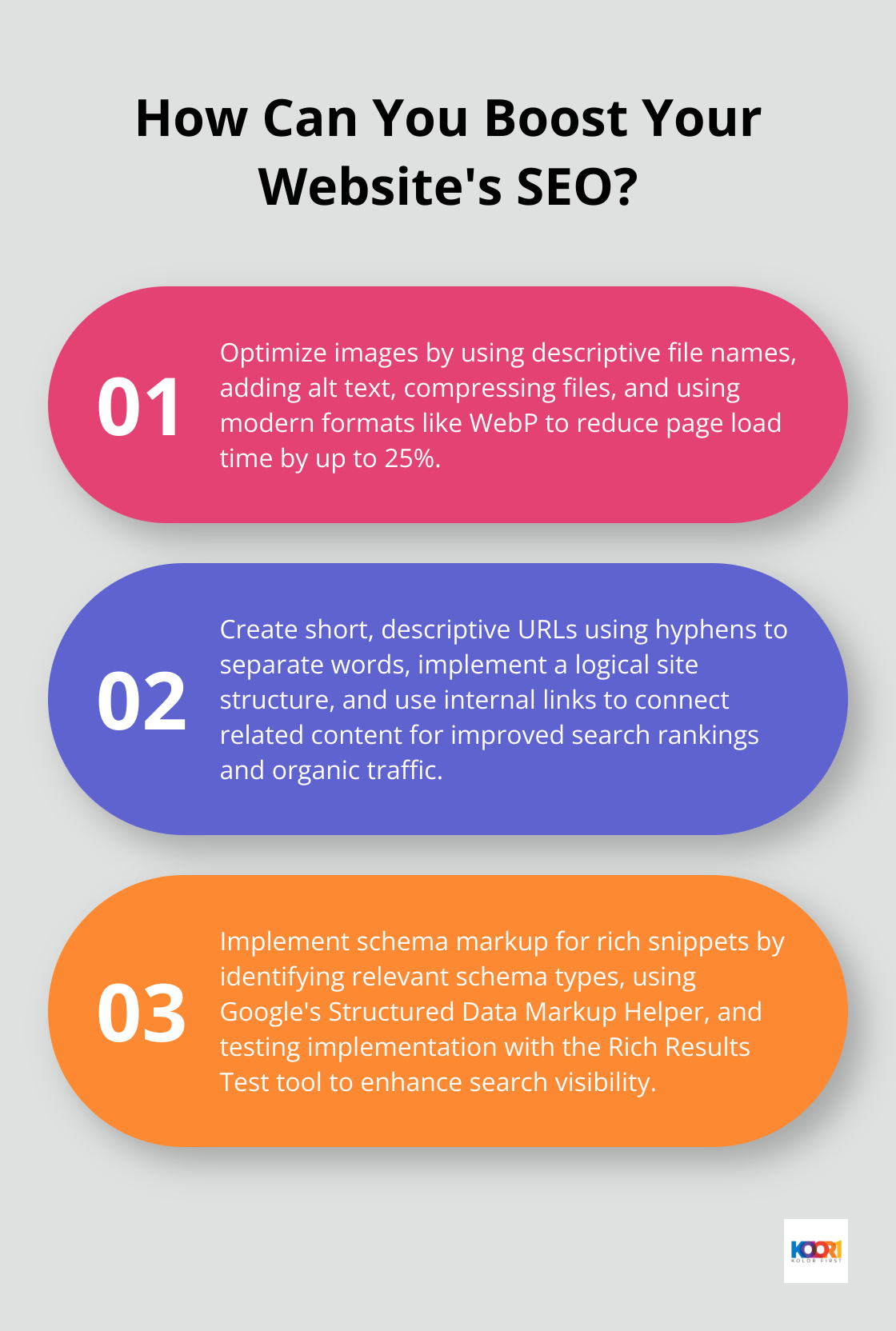
The benefits of SEO-optimized web design are significant. Improved search rankings lead to increased organic traffic and higher user engagement. This translates to more leads, conversions, and business growth. SEO optimization should integrate into every stage of the web design process for optimal results.
Kolorfirst LLC specializes in creating SEO-optimized websites that drive results. Our team combines creative design with strategic SEO practices to craft unique brand identities. We balance aesthetics and functionality, ensuring your website looks great and performs exceptionally in search results (while adhering to SEO best practices).
